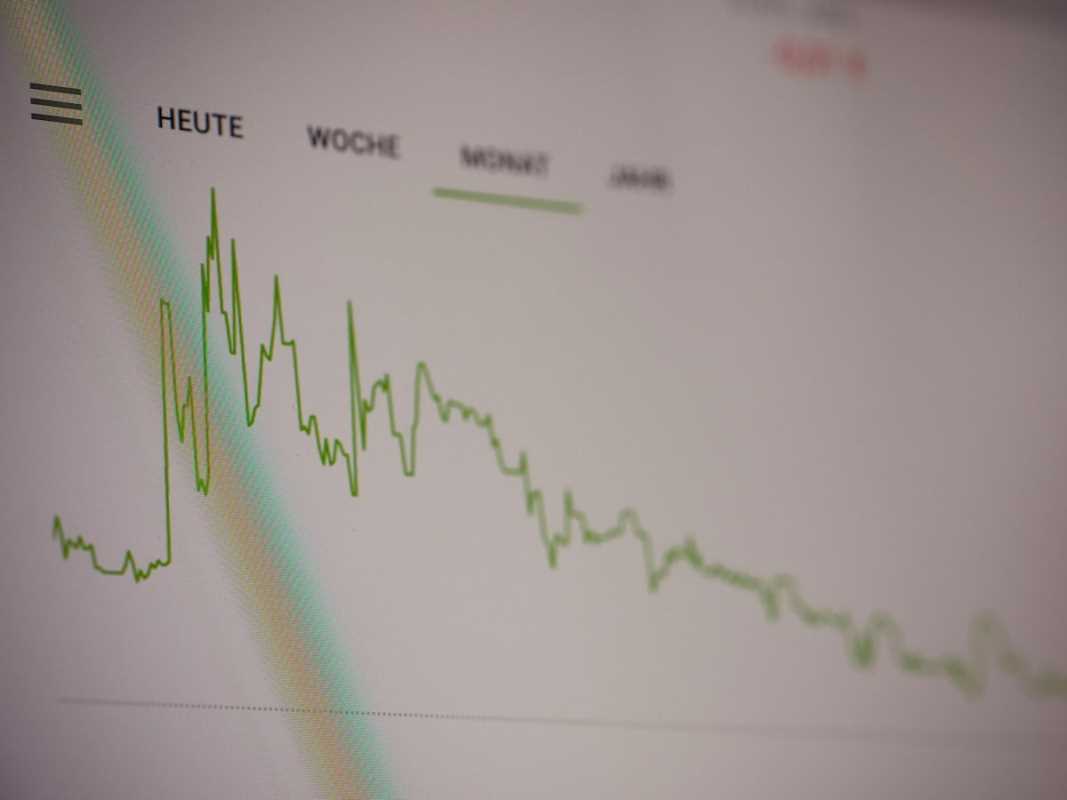The stock market often appears chaotic, but beneath the surface, there are recognizable patterns that experienced investors use to their advantage. Understanding these predictable trends can help you make more informed investment decisions and potentially enhance your portfolio’s performance. While no pattern guarantees success, knowing what to look for can provide valuable insights for navigating the complexities of the market.
Here are the key predictable patterns every investor should know.
1. Seasonal Trends
The stock market exhibits certain seasonal trends that repeat over the years. These patterns can help investors anticipate potential market movements based on historical performance.
The January Effect
The January Effect is a well-known phenomenon where stock prices, especially small-cap stocks, tend to rise in January. This trend is often attributed to tax-loss harvesting in December, where investors sell losing stocks for tax benefits and reinvest at the start of the new year, driving up demand and prices.
For example, between 1928 and 2020, the S&P 500 posted positive returns in January about 59% of the time, with small-cap stocks frequently outperforming. Understanding this pattern can help you identify buying opportunities early in the year.
Sell in May and Go Away
This adage reflects a seasonal trend where stocks often see underperformance from May to October compared to the November to April period. Investors notice that trading volume tends to decrease during summer months, possibly due to vacation season and reduced institutional activity. While not a hard-and-fast rule, this trend suggests investors might focus on defensive stocks or holding cash during this period.
Holiday Rallies
Also called the "Santa Claus Rally," this trend describes the upward momentum in stock prices seen in the final trading days of December and the first few days of January. Increased consumer spending during the holidays and overall optimism for the new year contribute to this bump.
2. Market Cycles
Markets operate in cycles that repeat over time, often driven by economic conditions, investor sentiment, and broader socio-economic factors. Understanding these cycles can help you adapt your strategy to the current market environment.
Bull and Bear Markets
Bull markets are characterized by rising prices, economic growth, and investor optimism, while bear markets involve declining prices, economic slowdown, and pessimism. These cycles can last months to years. For instance, the bull market from 2009 to 2020 was one of the longest on record, fueled by low interest rates and economic recovery following the 2008 financial crisis.
Recognizing the transition between these phases is key. During a bull market, growth stocks and riskier investments tend to perform well. Conversely, during a bear market, defensive sectors like utilities and consumer staples often outperform.
The Economic Cycle’s Influence
Stock market performance is closely tied to the various phases of the economic cycle:
- Expansion: Stocks generally rise as corporate earnings improve.
- Peak: Prices may plateau as growth slows.
- Contraction or Recession: Stock prices typically fall.
- Recovery: Markets rebound as economic activity resumes.
For example, cyclical stocks (e.g., automotive or construction) tend to soar during expansion phases but may falter during a recession. Keeping an eye on economic indicators, such as GDP growth or unemployment rates, can help predict market movements tied to these cycles.
3. Behavioral Patterns in Trading
Investor psychology plays a significant role in shaping market trends. Behavioral patterns often lead to predictable movements driven by emotions like fear or greed.
Herd Mentality
Herd mentality occurs when investors follow the crowd, buying or selling en masse. This behavior often amplifies trends, leading to market bubbles or crashes. For instance, during the dot-com boom of the late 1990s, investors piled into tech stocks, inflating prices until the bubble burst in 2000.
Being aware of herd mentality can help you remain levelheaded and avoid chasing overpriced stocks or prematurely selling during market downturns.
Overreaction to News
The stock market reacts strongly to breaking news or major events. For example, earnings reports, Federal Reserve announcements, or geopolitical developments often result in exaggerated short-term movements as investors overreact. While the initial response may create volatility, markets usually stabilize once investors rationally assess the situation.
Staying focused on long-term fundamentals, rather than short-term noise, can help you avoid falling prey to unnecessary panic.
Fear and Greed Index
The Fear and Greed Index quantifies investor sentiment and has become an indicator of market behavior. Extreme fear often signals undervalued markets and buying opportunities, while extreme greed suggests overvalued conditions and potential corrections. Monitoring this index can assist in timing your market entries and exits more effectively.
4. Sector Rotation
Sector rotation involves the movement of investment capital between different industries or sectors based on economic conditions. This pattern helps investors identify which sectors are likely to outperform during specific phases of the market cycle.
Defensive vs. Cyclical Sectors
- Defensive Sectors: These include utilities, healthcare, and consumer staples. They tend to perform well during economic downturns because they provide essential goods and services that remain in demand.
- Cyclical Sectors: These include technology, financials, and industrials. They thrive during economic expansion when consumer and business spending increase.
For instance, during the COVID-19 pandemic, tech companies like Amazon and Zoom surged as remote work and e-commerce trends accelerated, while traditional sectors like retail and travel lagged. Recognizing this rotation can help you align your portfolio with prevailing trends.
Interest Rate Impact
Changes in interest rates also drive sector rotation. Rising interest rates often favor financials (e.g., banks) as higher rates improve their margins, while utility stocks may suffer due to their heavy debt loads. Conversely, falling rates might spur growth in technology or real estate sectors.
5. Mean Reversion
The concept of mean reversion suggests that asset prices tend to move back toward their historical averages over time. This is particularly relevant for highly volatile stocks or markets.
Historical Averages
If a stock’s valuation significantly exceeds or lags behind its historical averages (e.g., price-to-earnings ratio), mean reversion might predict a price correction. Savvy investors use this principle to identify overbought or oversold conditions.
Market Indices
For example, the S&P 500’s average annual returns historically hover around 7–10%. After periods of extreme gains or losses, the index often reverts to this range. Recognizing when markets are overextended can help you manage risk and rebalance your portfolio effectively.
 (Image via
(Image via





